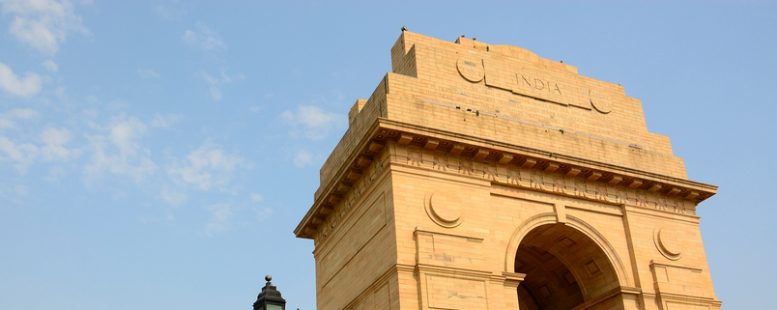Our Opinion: 2019
India’s PM heading for May victory

Elections in emerging markets often unnerve investors. In India, however, the benchmark index has jumped to a six-month high following the announcement that India’s national election will take place over five weeks between mid- April and late May.
The world’s largest democratic exercise involves 800 million voters, and investors seem to be encouraged by the prospect of a second term for Prime Minister Narendra Modi. It implies the continuation of his pro-business agenda.
Modi’s first term has seen his administration address some of the bureaucracy and structural problems that have held India back over the years. The government has created the world’s largest digital database of residents’ identities. It has also replaced many local taxes with one national goods and services tax (GST), a value-added tax. Furthermore, the government withdrew two large-denomination bank notes in a major crackdown on the shadow economy.
The government has promoted entrepreneurship in the countryside, which is often overlooked. Some 56.3 million rural women – equivalent to the population of Italy – have received small loans worth about $27bn since Modi took office in 2014. These low-interest loans and grants are allowing them to fund small businesses. Modi’s government has rolled this programme out to 622 of India’s 640 districts. It also raised expenditure on sanitation and education for girls.
Gavekal Research estimates India’s GDP growth slowed to 6.5% in the fourth quarter of 2018, down from 7.1% in the third quarter. An ongoing problem hampering lending, and hence growth, is a credit crunch stemming from bad loans in the state banking system and recent turbulence in the shadow banking sector, a network of non-banking financial companies that provided nearly four out of every ten consumer loans in the last three years, notes Bloomberg.
The problem seems manageable for now, while the longer-term outlook remains compelling. India is contributing as much to world GDP growth as the UK, France and Germany combined. The young workforce and expanding middle class imply strong consumption and growth for years to come.\
The big domestic market makes India less vulnerable to a global slowdown than its regional rivals. Exports comprise just 20% of its GDP. Exposure to India in investment portfolios are likely to rise for our clients with the appropriate risk profile, to take advantage of those opportunities.
25th March 2019
